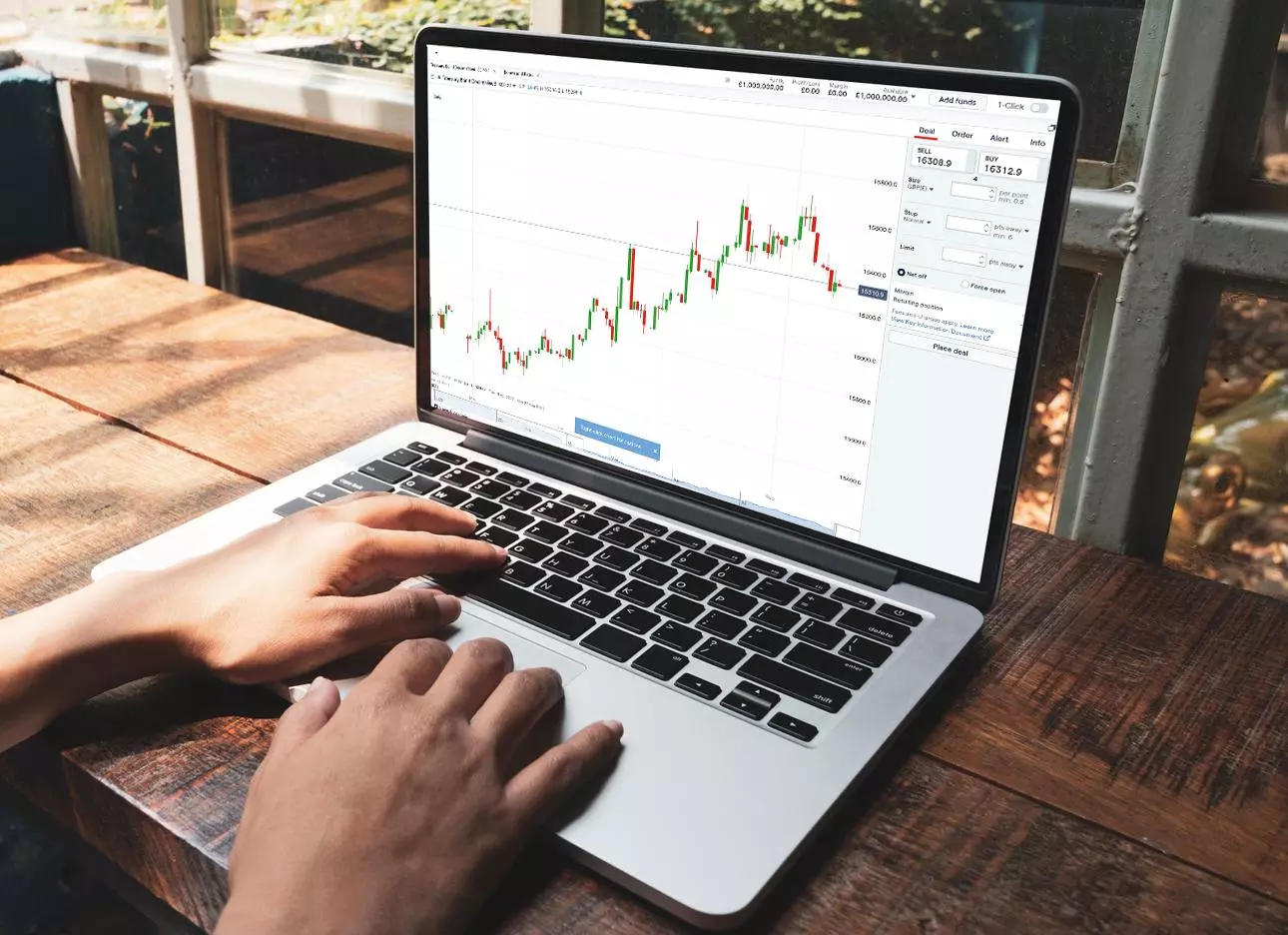Supply and demand
As with all financial assets, government bond prices are dictated by supply and demand. The supply of government bonds is set by each government, who’ll issue new bonds as and when they’re needed.
Demand for bonds is dependent on whether the bond looks like an attractive investment.
Interest rates
Interest rates can have a major impact on the demand for bonds. If interest rates are lower than the coupon rate on a bond, demand for that bond will likely rise as it represents a better investment. But if interest rates rise above the coupon rate of the bond, demand will potentially drop.
How close the bond is to maturity
Newly issued government bonds will always be priced with current interest rates in mind. This means that they usually trade at or near their par value. By the time a bond has reached maturity, it’s just a pay out of the original loan – ie bonds move back towards their par values as they near this point.
The number of interest rate payments remaining before a bond matures will also have an impact on its price.
Credit ratings
Government bonds are usually viewed as low-risk investments, because the likelihood of a government defaulting on its loan payment tends to be low. But defaults can still happen, and a riskier bond will usually trade at a lower price than a bond with lower risk and a similar interest rate.
The main way of assessing the risk of a government defaulting is through its rating from the three main credit rating agencies – Standard & Poor’s, Moody’s, and Fitch Ratings.
Inflation
A high inflation rate is usually bad news for bondholders. There are two main reasons for this:
- The fixed coupon payment becomes less valuable to investors when the purchasing power of the coupon amount declines owing to inflation
- Interest rates are often increased by central monetary authorities like the Bank of England (BoE) when high inflation sets in. Because interest rates and bond prices are inversely related, the higher interest rates result in a lower market price for the bond.






